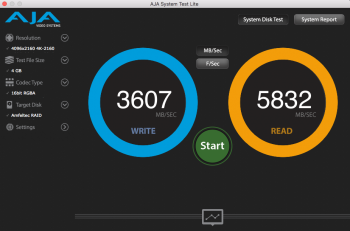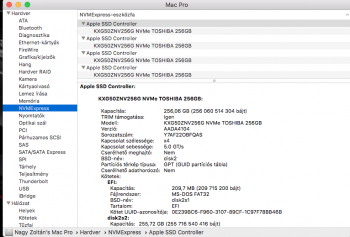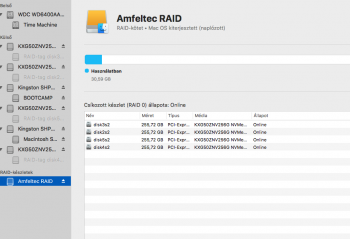@mikeboss : Could you please write a fast/simple tutorial or step by step how you altered zozomesters Bootrom. It seems like it worked for him. Or did you go for Gilles tutorial and skip the last part with "MacPro2009-2010FirmwareTool" and so fourth...? Did you just add the NVMe DXE drive?
Best regards
/Per
@mikeboss or if you have time will you prepare a youtube video for non experienced user?
Thanks.







